Refresh These 10 Instruments In Your Communications Toolbox.
Regardless of the size of your business, conducting a communications audit helps ensure that your targeted outreach accurately reflects your organization’s goals and priorities.
Below are 10 instruments in your communications toolbox that benefit from a quarterly checkup.
1. Key Messaging
Is your organization launching any new internal or external initiatives this year? If yes, consider updating your key messages to support those initiatives so your leadership team knows what to say when discussing them with staff and introducing them to your external audiences. To gain quicker approval and firm-wide adoption of new messages, invite your organization’s top decision-makers to participate in a messaging strategy session to refine them since executives who have a stake in a specific project or program overwhelmingly encourage others to get on board. Once your messaging document has been finalized, circulate it to appropriate staff
2. Press Release Boilerplate
The paragraph that appears at the bottom of every press release should accurately describe your organization, who and what it is, what products or services it offers, how its target audience(s) benefit, and what sets it apart from competitors. Edit the text to reflect new products, services, programs or advocacy efforts you wish to highlight or recent recognition and achievements. Distribute the new boilerplate to all at your organization, call out what’s revised and why, and update all templates or standard documents to include the amended information.
3. “About Us” Web Page
While your boilerplate and the About Us descriptions should closely mirror each other, most organizations include additional information on the About Us page of their website, such as their mission statement, corporate values, and history. Other organizations share the names, titles and contact information of their management team or executive board, corporate social responsibility efforts, or, assuming permission has been secured, client or customer testimonials.
4. Job Descriptions
Update company job descriptions based on position title and responsibilities rather than on the current person who holds the job. This will help identify any holes or gaps in your team’s capabilities and enable you to streamline responsibilities.
5. Broken Website Links
While a conscientious webmaster regularly checks to make sure that all site links work, it’s easy to overlook those that link to external pages. For example, links to press coverage your organization previously received generally go dead after a year or two. If your organization links to partner organizations or features additional resources for site visitors to learn more, some inevitably break over time. An annual site audit will help you catch any links you may have missed.
6. Wikipedia Entry
Few organizations “own” the content on their Wikipedia page, so review the listing at least once a year for inaccuracies or damaging statements. While Wiki administrators encourages users to correct wrong data, they’re less receptive when someone tries to remove accurate information even if it paints the organization in a bad light. Proceed carefully and methodically and recognize that you may only be able to add new details one data point at a time over several weeks. It may seem counter-intuitive but Wiki administrators accept far more changes from those who don’t work at the profiled organization than those who does, so I generally log in from home rather than an office computer if I want to make significant entry revisions.
7. Executive Profiles
Encourage the top executives in your organization to personally review their social media profiles on LinkedIn, Facebook, Twitter, and Instagram and on your organization’s website. Updating their online profiles to reflect their most recent achievements or assignments and deleting any outdated data ensures accuracy and keeps information fresh, which improves SEO.
8. Company Social Pages
Confirm that the company’s social media coordinator or administrator “deactivated” any permissions previously granted to ex-employees to post content to a company’s LinkedIn or Facebook page. Also update organizational content on these pages, drawing on your new “About Us” or press release boilerplate descriptions.
9. Online Marketing Brochures, Fact Sheets, Videos or other Marketing Materials
Remove all outdated information, drop in more current case studies and update crucial data such as annual revenues, number of employees, clients/customers served, etc., and save it as a new file and then re-post rather than just editing your web copy. This not only creates an historical archive, but ensures you have the accurate information in the event your website crashes or gets breached. Easy access to current annual data is greatly valued (and often required for regulated industries or public companies) by potential investors, donors or prospective hires.
10. Printed Content
For print collateral, note what changes are required, but use up old materials first before updating and reprinting. (If you work in a public company or regulated industry, however, be sure that updated financial data and other information subject to disclosure rules is posted on your website to avoid a potential investigation or penalty). To keep costs down, save on storage space, and reduce your environmental footprint, considering using print-on-demand technologies for your printed collateral moving forward.
Most of us are so busy focusing on our daily work obligations that it’s tempting to forego administrative housekeeping such as communications audits. Yet the 10 communications components above are central to an understanding of your organization and how decision-makers view it. Scour old content, polish your boiler plates and templates until they gleam, and present your organization with accurate facts and compelling messages.
For more tips, techniques and perspectives on brand communications, please visit the insights page. If you’re ready for a communications audit or have any questions get in touch.







